
ENVIRONMENT
15-06-2020 di redazione

The coral reef is one of Watamu's and Kenyan Indian Ocean attractions.
Off the tourist resort, the first barrier is present from the entrance of Mida Creek to Malindi without interruption and has allowed over time and thanks to the tides, the formation of the famous sand atolls off Mayungu.
The first barrier, when the low tide is particularly low, emerges at the water level and is also walking on foot, although their beauty is to be discovered by snorkeling, or swimming deep in mask and fins if Not in "diving" with even oxygen cylinders.
There are also other barriers, submerged, much further off the ocean, where sharks, whales, orcs and other fish species can be found more easily.
The reef, also called "reef", is one of the richest ecosystems of species of the entire planet.
It is a limestone formation, often very deep and wide, of animal origin with a thousand colors and varied shapes.
The "founders" of this bioma complex are the mother-producers, known as "coral builders".
Corals are small polyps of varying size (from a few millimeters to a few centimeters), surrounded by a calcareous calico called "corallite" which has a different shape in the different species. Within each octopus live unicellular algae called "zooxantelle".
In coral symbiosis, each organism actively participates actively in mutual survival.
The algae obtain from the octopus nutrients (phosphates, nitrates, carbon dioxide), while the latter can obtain oxygen and metabolic products from the photosynthesis of the algae.
The complex coral reef system has many functions in marine nature.
In fact, barriers are an ideal place for births and for the growth of avocados (that is, young fish before the adult period), which will form the adult fish population in the oceans all over the world.
Watamu Marine Park has several interesting areas to explore.
Here the barrier is located near the coast and therefore offers shallow coral gardens.
The coral structure offers a surprising variety of habitats for plants and animals.
There are a large number of herbivore animals feeding on plants on the barrier: sea urchins, crustaceans, molluscs and various species of fish. For example, parrotfish (so called by the beak-shaped mouth), and the surgeon's fish (for the presence of a cutting edge on a sharp tail like a scalpel) are the main herbivores.
The outer barrier is characterized by overhanging walls and the presence of large corals of the brain that constantly attract an abundant marine fauna.
At Watamu the average depth of diving at the height of the Turtle Reef center is around 10-15 meters, with high coral heads attracting great parrots and fish surgeons.
Sometimes you can see some white finfish sharks.
The Moray Reef (Barrier of the Murena), not far away, stands out for a breathtaking overhang that drops for 28 meters to a sandy backdrop.
Here corals are home to octopus and eels and to a huge semi-domesticated murine. On the edge of the barrier there are numerous nudibranchs, angel fish, surgeon fish and, sometimes, horns or barracudas.
An excellent dive site is the Canyon, a long 28-meter sandy channel, bordered by deep straights on both sides.
There is an extraordinary bow covered with soft corals, while the walls of the barrier are always crowded with salmon and lame and in this area you can also encounter races or small barrier sharks.
TOURISM
di redazione

Young people have chosen it as a favorite destination for the Kite Surfing.
The wind has changed since a week, the first month in the summer kaskazi blows strong and allows the long strip of ocean protected by coral reefs,...
ENVIRONMENT
di Leni Frau

The Kenyan Indian Ocean is once again becoming an attraction thanks to younger tourists who...
PLACES
di redazione

The women's week continues on the white beaches of Kenya and after the celebrations that began last Tuesday with dinners and special events, the highlight is reached on Saturday, March 12...
NATURE
di redazione
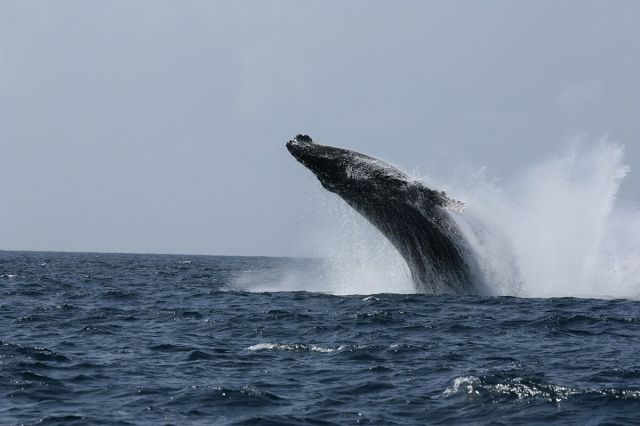
The Indian Ocean also has its "Big 5". It is not only the savannah of Kenya that
PLACES
di redazione
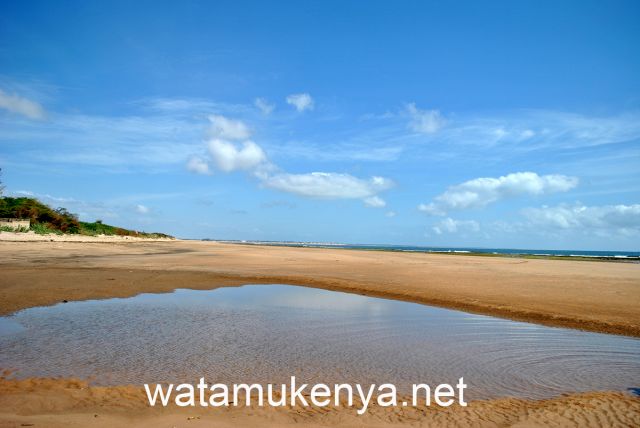
Thirty kilometres north of Watamu, after the bridge over the mouth of the Sabaki River, where flamingos and hippos can be seen and where the vegetation is particularly luxuriant, lies the village of Mambrui.
TOURISM
di redazione
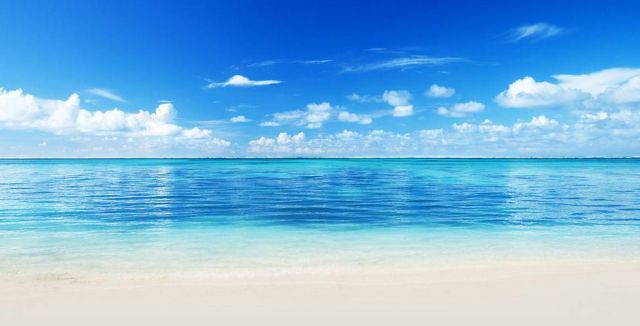
STORIES
di Simona Cascarano
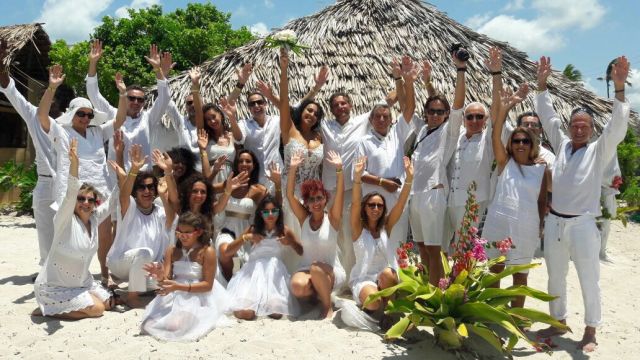
Enrico and I made a dream come true in Kenya, in Watamu.
We have been a couple for six years, but we wanted to crown our love with an unforgettable ceremony and a great party to share with relatives and friends.
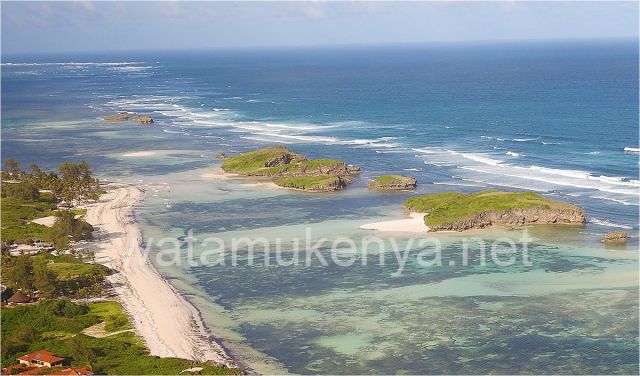
From ancient Arabic scriptures, it is known that the Arabuko forest stretched from just outside Malindi to almost Kilifi and was populated by wild beasts, poisonous snakes (cobras above all) and elephants, which often...
TOURISM
di redazione
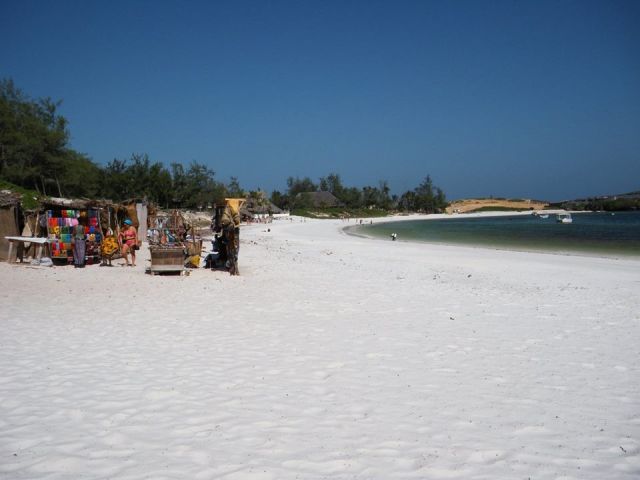
The sale of Watamu for next season and in general as a holiday home, second home and also possible paradise where to start a new life, moves to Italy. In the Old Continent, negotiations for the purchase of houses, villas...
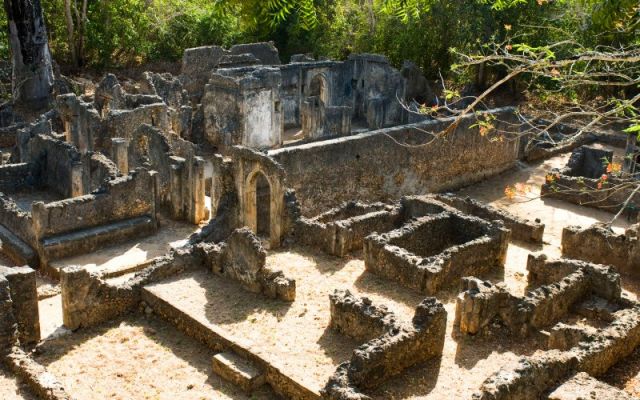
From ancient Arabic writings, we know that the Arabuko forest stretched from just outside Malindi almost to Kilifi and was populated by wild beasts, poisonous snakes (cobra especially) and elephants, who often came down to unexplored beaches and bays protected...